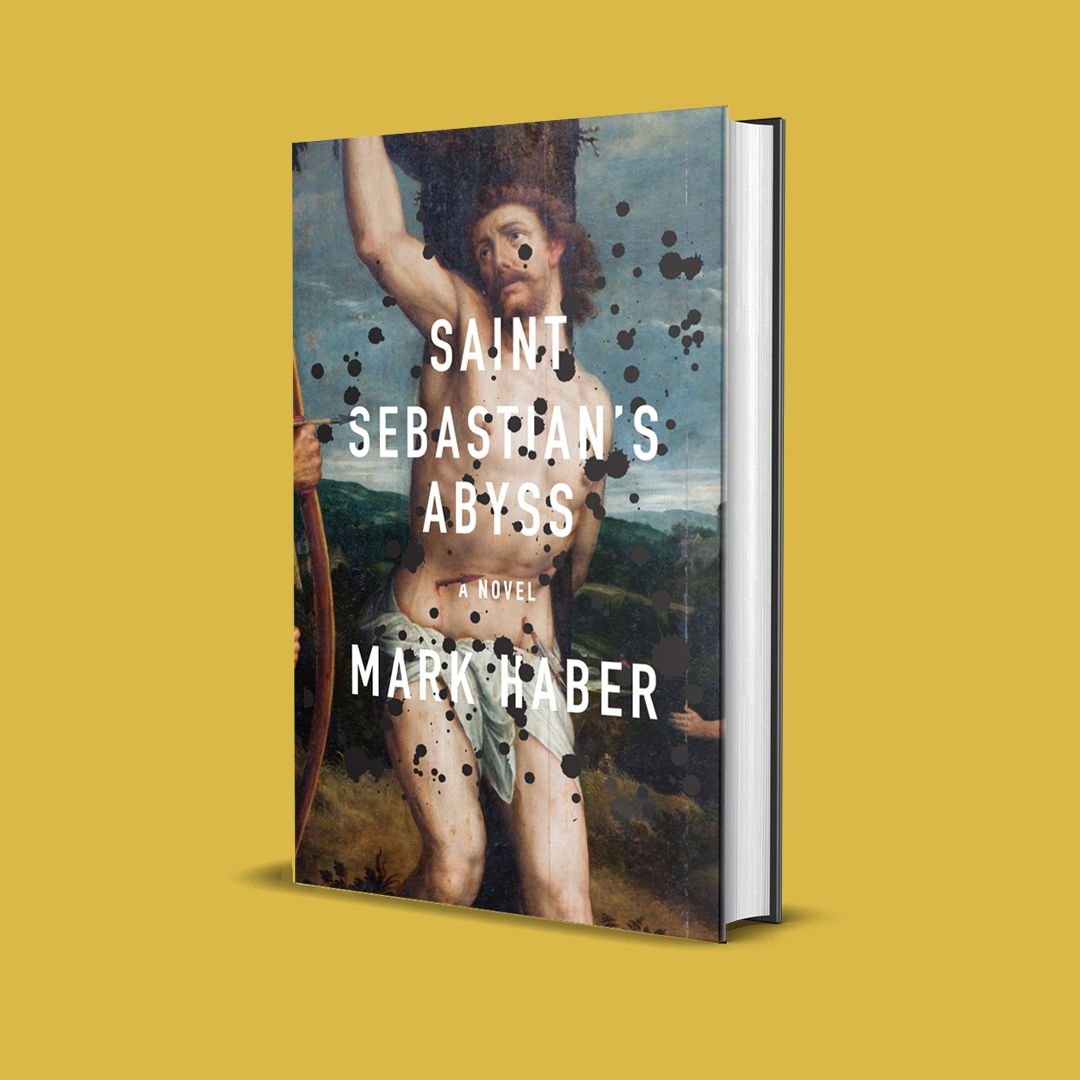
Saint Sebastian’s Abyss by Mark Haber
Saint Sebastian’s Abyss by Mark Haber is a dark comedic novel of literary fiction. The book description from the publisher describes it best: “Former best friends who built their careers writing about a single work of art meet after a decades-long falling-out. One of them, called to the other's deathbed for unknown reasons by a "relatively short" nine-page email, spends his flight to Berlin reflecting on Dutch Renaissance painter Count Hugo Beckenbauer and his masterpiece, Saint Sebastian's Abyss, the work that established both men as important art critics and also destroyed their relationship. A darkly comic meditation on art, obsession, and the enigmatic power of friendship, Saint Sebastian's Abyss stalks the museum halls of Europe, feverishly seeking salvation, annihilation, and the meaning of belief.”
The unnamed narrator and his former best friend / frenemy Schmidt were college friends who simultaneously “rediscovered” the titular painting by Beckenbauer, Saint Sebastian’s Abyss, which launched both of their careers as art critics. But their careers are singularly and obsessively focused on this one painting even though Beckenbauer painted other lesser works, two of which are referred to as “monkey paintings” by the two critics. Their obsession over this painting consumes their lives and eventually destroys their friendship as well as the narrator’s two (!!!) marriages. The results for the readers of this dark comedy are thought-provoking and enlightening.
Haber excels at mining the obsession between these two “friends” and creating a cadence with the narration that is circular yet unique. Many phrases are repeated throughout the novel like the title of the painting “Saint Sebastian’s Abyss” as well as “that horrible thing I said,” creating a mantra-like effect. Haber has an astute comedic eye and describes Schmidt as an animated critic with a “flexing moustache,” a hilarious mental visual. His followers or “fans” also sport their owning flexing moustaches as an ode to their favorite art critic. “The Holy Donkey” is another repeated phrase, a character from the painting itself, a moribund animal on the precipice of falling off a cliff in the painting who can absorb the emotions elicited by the two “friends” as the symbol of their devotion to Beckenbauer’s masterpiece.
There is a mesmerizing quality to the narration, although pulverizing at times. The narrator’s first wife even describes his friendship with Schmidt as “exasperating” and that is an apt description. As the reader descends into the depths of their obsession with the painting, it’s a dark, dark place to inhabit, similar to the meme of the dog sitting within the flames of hell while quipping, “This is fine.” Fortunately, Haber’s comedic eye pulls the reader from the depths of their toxic relationship and the ending offers a lot to ruminate about the nature of obsession. One hilarious observation by these two prickly critics about the concept of art and the lack of modern artists is this:
“Art is rare, we agreed, because humanity no longer produces artists; we live in a world of monotonous excrement or excremental monotony, we’d say, the difference being immaterial because the point being is the world is awash with monotony while simultaneously overflowing with excrement.”
We live in a world of monotonous excrement. Now, I’d wear that astute observation on a t-shirt.
I really enjoyed this novel and I highly recommend it. I would give this book 5 stars.
Buy the paperback on Bookshop: https://bookshop.org/a/152/9781566896368

